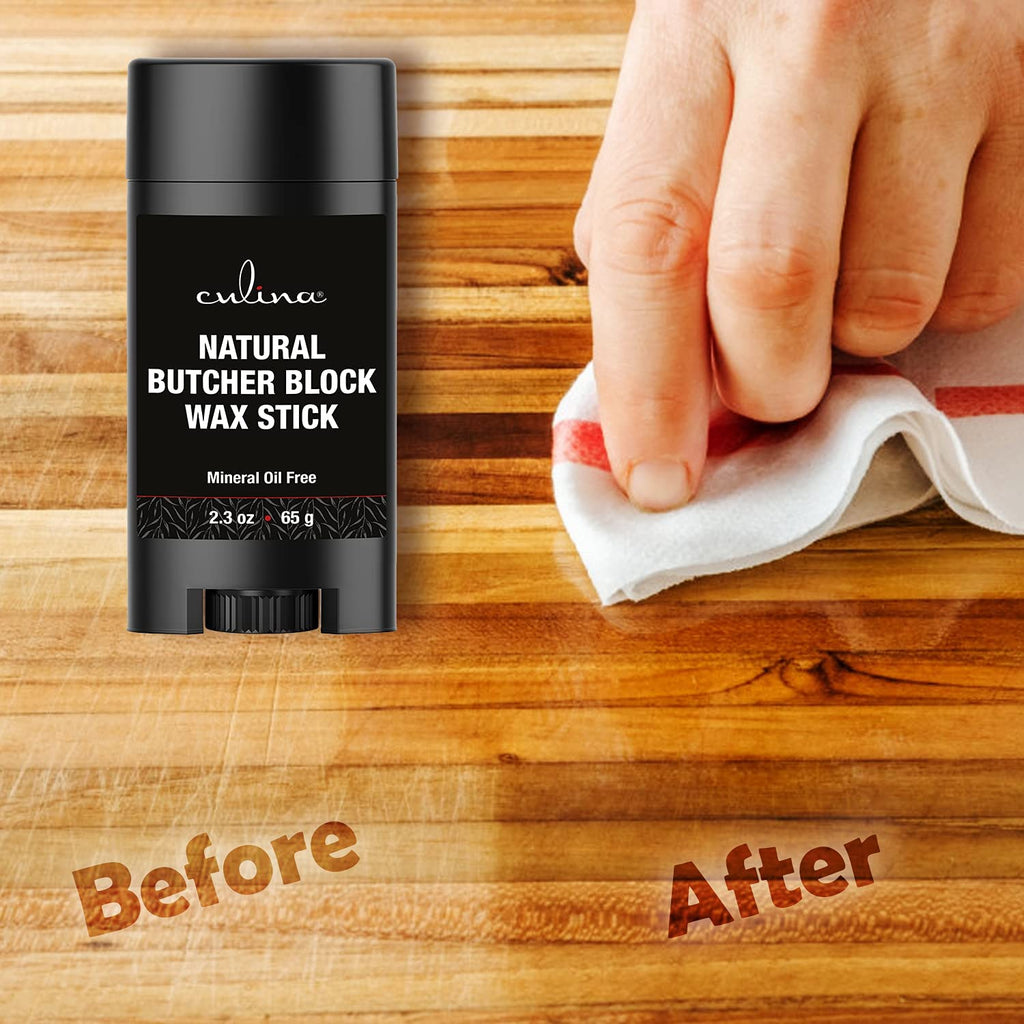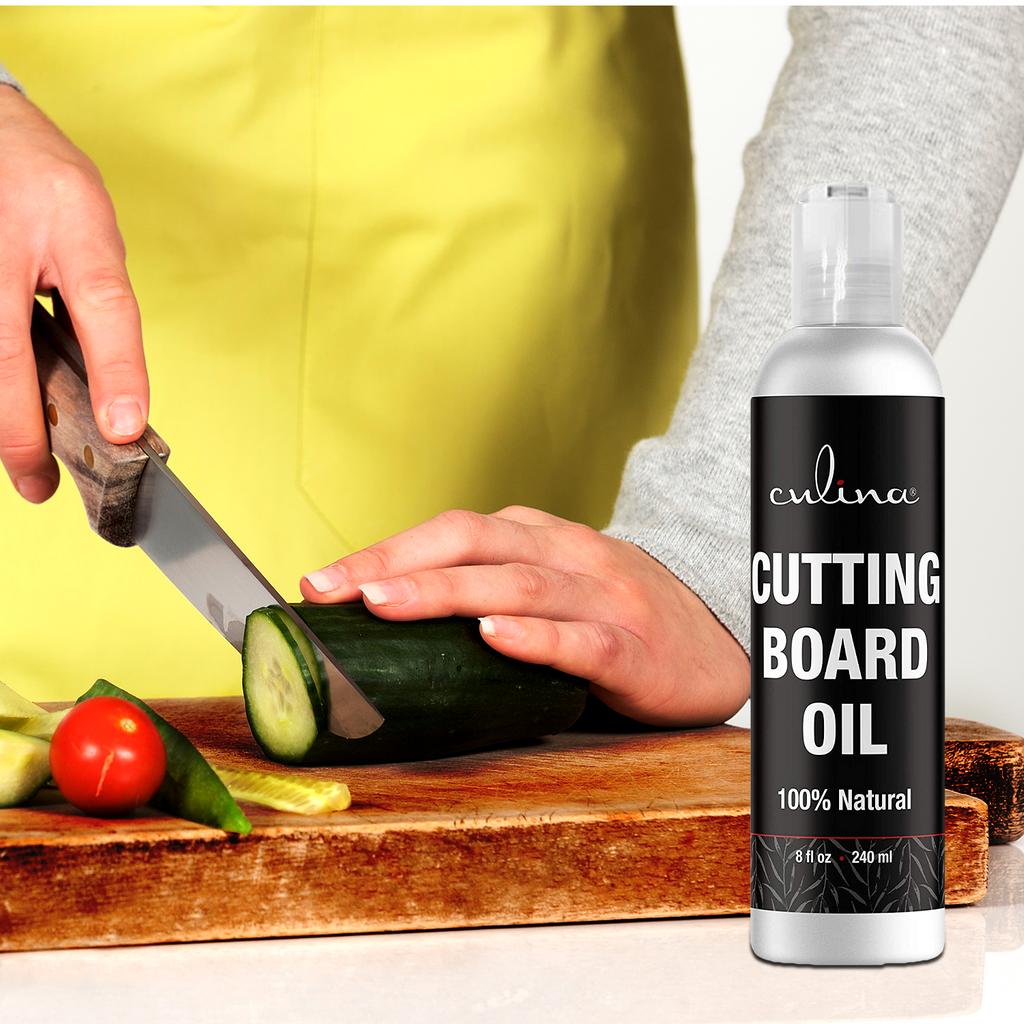Which Color Cutting Board is Best for Seafood? Important Considerations
Written By James Morgan
When it comes to preparing delicious barbecue seafood, having the right tools is crucial. One often overlooked, yet essential tool is the cutting board. Today, we're diving into a simple yet important question: what color cutting board for seafood?
Choosing the right cutting board for seafood isnt just about aesthetics; its a matter of health and safety. Seafood, along with raw meat and poultry, can harbor harmful bacteria that can cross-contaminate other foods if not managed properly. This means selecting the right cutting board color can contribute to a safer and more organized kitchen.

Why Color Coding Matters
Color coding cutting boards is a strategy used in professional kitchens worldwide to prevent cross-contamination. In a busy barbecue setting, where seafood, meat, and vegetables might be prepped in quick succession, maintaining strict food safety protocols is essential.
Preventing Cross-Contamination
Cross-contamination occurs when bacteria or other microorganisms transfer from one surface or food to another. This is especially concerning with barbecue seafood as it can carry parasites and bacteria like salmonella. By using a designated color-coded cutting board for seafood, you create a physical barrier between different food types, reducing the risk of foodborne illness.

Standard Color Codes for Cutting Boards
So, what color cutting board for seafood should you be using? While there is no universal mandate, there are generally accepted standard color codes that can help streamline your kitchen practices:
- Red: Raw meat (beef, pork, lamb)
- Blue: Seafood
- Yellow: Raw poultry
- Green: Fruits and vegetables
- White: Dairy and bakery items
- Brown: Cooked meat
The color blue is traditionally used for seafood. By sticking to this practice, you can ensure that all those scrumptious shrimp, salmon fillets, and lobster tails are handled safely and hygienically.
The Benefits of Using a Blue Cutting Board
Using a blue cutting board exclusively for seafood offers several benefits:
- Easy Identification: Quickly identify the appropriate board for seafood tasks.
- Improved Food Safety: Minimize the risk of cross-contamination by keeping seafood off boards used for other foods.
- Cleaner Preparation Area: Maintain a cleaner workspace specifically for seafood.

Material Matters: What Works Best for Seafood Cutting Boards?
After considering color, the next factor is the material of the cutting board. Lets explore common materials and their suitability for barbecue seafood preparation.
Plastic Cutting Boards
Plastic boards are highly recommended for seafood for several reasons:
- Non-porous Surface: Easier to clean and sanitize compared to wood.
- Durability: Can withstand heavy use without extensive wear and tear.
- Dishwasher Safe: Many plastic cutting boards are dishwasher safe, adding an extra layer of convenience and sanitation.
Wooden Cutting Boards
While wooden boards are popular for their aesthetic appeal and durability, they are less ideal for seafood due to their porous nature. However, if you prefer using wooden boards, make sure to clean and sanitize them thoroughly after each use. You can learn more about this in [this article on cleaning wooden cutting boards](https://www.statefoodsafety.com/Resources/Resources/how-to-clean-and-sanitize-your-cutting-board).

Maintaining Your Seafood Cutting Board
Proper maintenance extends the life of your cutting board and ensures food safety. Regardless of whether you use plastic or wood, here are key maintenance tips:
Regular Cleaning
Always clean your cutting boards thoroughly after each use. For plastic boards, a run through the dishwasher works well. For wooden boards, wash them with hot soapy water and dry them immediately. Click [here](https://www.statefoodsafety.com/Resources/Resources/how-to-clean-and-sanitize-your-cutting-board) for more tips on cleaning and sanitizing.
Sanitizing
Occasionally sanitize your boards using a solution of one tablespoon of unscented liquid chlorine bleach in one gallon of water. Let the board soak for a few minutes, then rinse and air dry.
Storage
Store your cutting boards in a clean, dry place. Avoid stacking them when wet to prevent mold and bacteria growth. If you need tips on how to store your cutting boards, check out our [guide on hanging and storing cutting boards](https://www.grilling4all.com/blogs/blog/how-to-hang-a-cutting-board).
Common Mistakes to Avoid
Even experienced barbecue enthusiasts can make mistakes when it comes to cutting boards. Here are some common pitfalls to watch out for:
- **Not Using Separate Boards for Different Foods:** Always use separate color-coded boards for seafood, raw meat, and other items.
- **Neglecting to Replace Worn Boards:** Over time, boards can develop deep grooves that harbor bacteria. Replace them as needed to maintain hygiene.
- **Skipping Drying Step:** Always dry your cutting boards thoroughly to prevent bacteria and mold.
Additional Resources
- Learn about the importance of color-coded boards in [this detailed guide](https://www.grilling4all.com/blogs/blog/what-color-cutting-board-for-raw-chicken).
- For tips on maintaining wooden boards, read our article on [condition cutting boards](https://www.grilling4all.com/blogs/blog/how-to-condition-cutting-board).
FAQs
What color cutting board should I use for seafood?
Its best to use a blue cutting board for seafood to prevent cross-contamination and maintain kitchen safety protocols.
Can I use a wooden cutting board for seafood?
While its possible, its not recommended due to the porous nature of wood. If you do use wood, ensure thorough cleaning and sanitizing after each use.
How often should I replace my cutting board?
Replace your cutting board when it develops deep grooves or excessive wear. This ensures a clean and safe surface for food preparation.
As an Amazon Associate, I earn from qualifying purchases.



